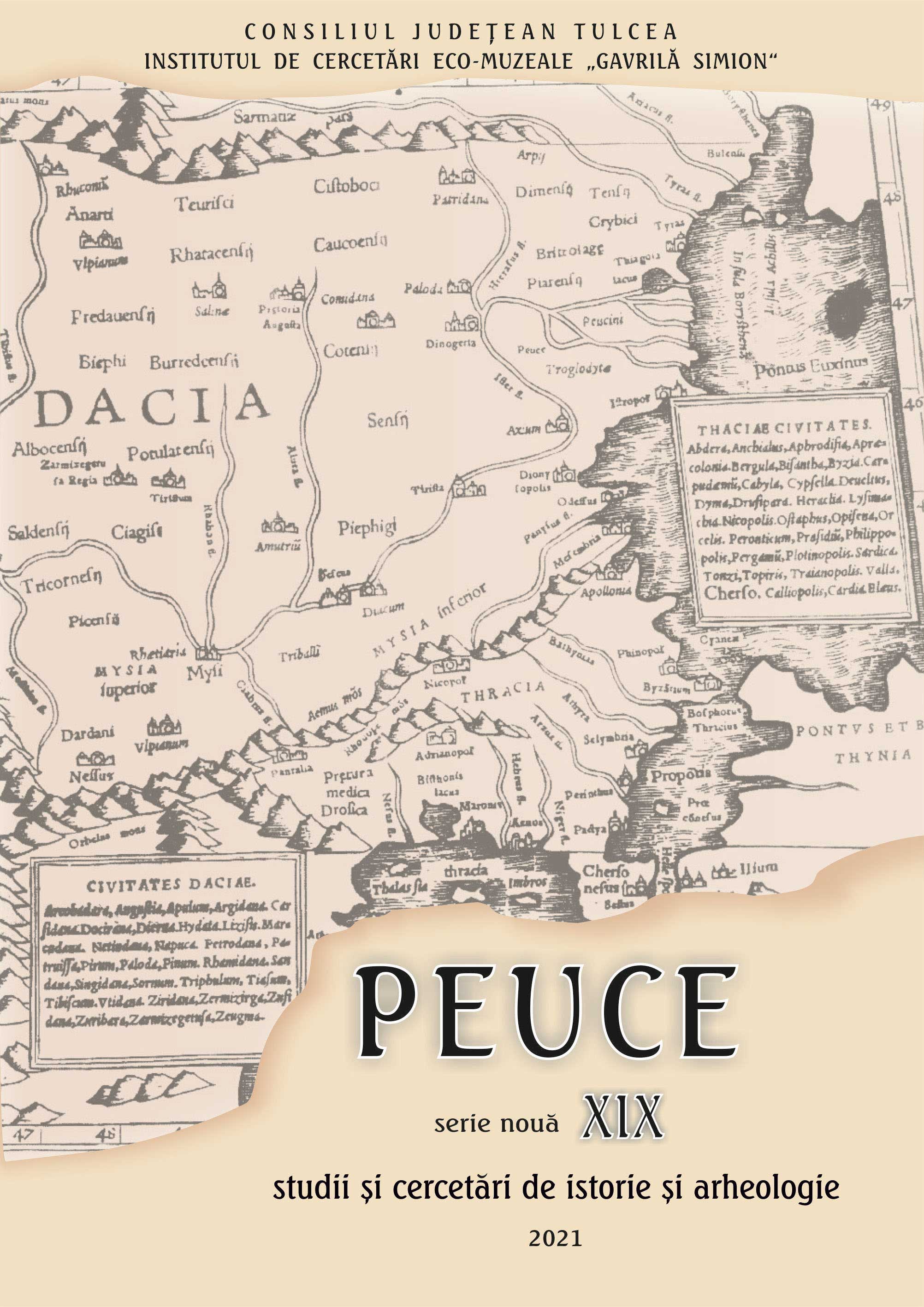The Ottoman Fortress from Hârșova in Recently Discovered Russian Cartographic Sources (18th century)
The Ottoman Fortress from Hârșova in Recently Discovered Russian Cartographic Sources (18th century)
Author(s): Aurel-Daniel Stănică, Constantin Nicolae, Mihai Anatolii CiobanuSubject(s): History, Archaeology
Published by: Institutul de Cercetari Eco-Muzeale Tulcea - Institutul de Istorie si Arheologie
Keywords: Dobruja; Ottoman Empire; Hârșova; Medieval Maps; cartographic sources;
Summary/Abstract: Like all the Ottoman fortresses in Dobrudja, the fortress of Hârșova was little known until today. In the absence of an archaeological research, only a few documents, often questioned too, were the only sources that presented the image of a strong fortification.The conquest of Dobrudja at the beginning of the 15th century also involved the Ottomans' preoccupations regarding the care and repair of the existing fortress, the conquerors being motivated by the strategic and military importance of the region. The integration in the political, military, administrative, economic, and social system of the new Ottoman province represented for Hârșova a new historical stage of special relevance.Hârşova was a significant fortified centre, that housed an important garrison, but also with a decisive economic function given by the port and by the access to the main roads that crossed Dobrudja, as well as a crossing point of the Danube, which offered a connection with the Transcarpathian roads. All these aspects gave Hârșova a special place in the Ottoman administrative framework, with consequences in the organization of the city and the surrounding land integrated into a kaza.The image of the Ottoman fortress was well known, especially thanks to the lithographs dated 1826, which depicted an imposing structure. The cartographic document published by von Moltke in 1856, which represents the oldest plan of the fortress and the town of Hârșova known so far, recorded an imposing bastion fortification, which closed the perimeter between Citatel Hill (Dealul Cetății) and Belciug Hill (Dealul Belciug). Aside from this plan, to which some brief descriptions could be added, we notice a lack of data regarding the Ottoman fortress. Thus, we turned our attention to the cartographic sources, trying to identify new plans and maps which would allow a clarification of the evolution of the Ottoman fortification.In this article, we present some of the plans of the Hârșova fortress recently discovered in the archives of Kiev and Moscow. These are particularly important and will be critically analysed in relation to the results obtained in the archaeological research so far and other documentary sources that we have at our disposal. The discovered plans constitute new, original research sources, and allow a better knowledge of the situation of the fortification from Hârșova in the course of the 18th-19th centuries.
Journal: Peuce (Serie Nouă) - Studii şi cercetari de istorie şi arheologie
- Issue Year: XIX/2021
- Issue No: 19
- Page Range: 261-300
- Page Count: 40
- Language: English

